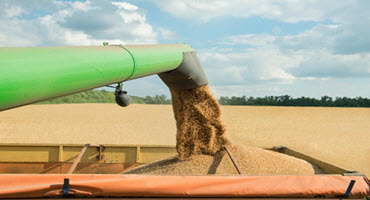Wheat producers may have opportunity to help global neighbors
By Kaitlynn Anderson
Farms.com
The key to reducing some micronutrient deficiencies in developing countries may rest in the hands of wheat producers.
Through a combination of biofortification, milling techniques and baking processes, bread can be enhanced to fight iron and zinc deficiencies, according to yesterday’s release from the American Chemical Society.

Dmytro Shestakov
Anemia, often caused by iron deficiency, affects more than 30 per cent of the global population, says the World Health Organization.
The same people are often affected by zinc deficiency.
Researchers found higher levels of iron in older wheat varieties.
Milling the grain into whole wheat flour rather than white flour also resulted in higher micronutrient levels.
Researchers applied micronutrients to the leaves – a process known as foliar fertilization. Zinc levels rose by more than 78 per cent in the flour milled from the fertilized wheat crop, the release stated.
These findings could reduce the devastating effects, such as growth problems and early death, of iron and zinc deficiencies.
The findings appear in the Journal of Agricultural and Food Chemistry.